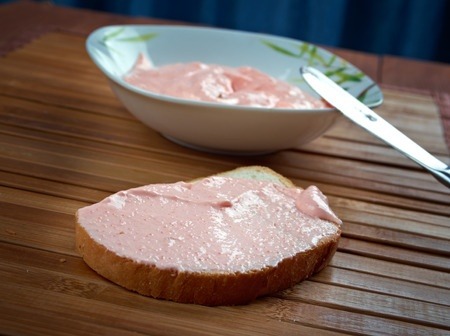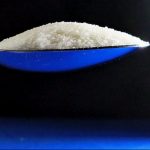
A recent survey of the salt content of healthy dips by the charity group CASH (Consensus Action on Salt and Health) reveals that some products have a higher content than in four bags of crisps.
We might always think of dipping into our taramasalata or Tex-Mex tomato dip with a carrot or celery stick because it adds a level of taste to our healthy lunch but if the salt levels in the dips are to be believed – we might be fooling ourselves.
The offending dips include hummus for example which has been widely touted in news articles for its higher than expected levels, as has a number of ‘own-label’ brands. The health angle is that excessive salt levels are associated with high blood pressure (hypertension), strokes and cardiac diseases. The surprise and possible concerns echoed in the report occur with the idea that we counter the benefits of eating our crudities, vegetables and salads with sauces, condiments and dips of course that have a certain salt content, and without appreciating this fully.
Generally, salt is added not just for flavour and taste in savoury products but to add a ‘hurdle’ in extending shelf-life by reducing bacterial spoilage. It’s a difficult balancing act because other forms of processing, using heat for example simply don’t help where flavour is concerned. Many of these dips also contain substantial quantities of fat but this appears more acceptable given the composition of the products.
The reports identifies 210 chilled dips found in any supermarket in the United Kingdom. None had a green traffic light which signifies their ‘healthy nutrition’ credentials. A large number of comparisons have been made with between the salt contents of the dips and other foods considered traditionally salty. Taramasalata was generally the most salty with and average content of 1.25g per 100g whilst the least salty was a salsa with an average content of 0.5g per 100g.
Houmous (hummus) made from chickpeas seemed to surprise the commentators not only for its salt content which could be up to 1.53g per 100g but also its fat content. It should be possible to develop low salt alternatives but this is balanced against the need to keep foods stable once they are opened and prevent food poisoning. It also means educating our tastebuds to accept less salt.
The general consensus is that such foods like dips contain too much salt. It doesn’t however give an indication of how much of the dip is being consumed but we all need to be conscious of how much salt we take in to reduce the incidence of issues associated with high intakes.


Leave a Reply